
Bitcoin emerged onto the market quietly 11 years ago and it stayed that way until eight years later when the price exploded. With it came a huge interest in a new phenomenon that rattled stock exchanges around the globe. Suddenly, everyone was looking into the currency that wasn’t regulated by any government, had no back up in a form of commodity, and was a part of the open, free market. The innovative concept was the biggest talk of the town since the gold standard. Many were looking to grab their piece of the pie before the new spike happens.
The hype is still present despite all unexpected plunges and steep rises that became the trademark of cryptocurrencies in general. The lingering question that bothered many traders, professionals and amateurish, is if digital currencies are not tied to any commodity, and are not in control of any private company or government-led institutions, what drives the prices? The answer might be simpler than you expected. Actually, basic economic principles are applied as they would otherwise be in any asset, digital, or not.
1. Supply and demand
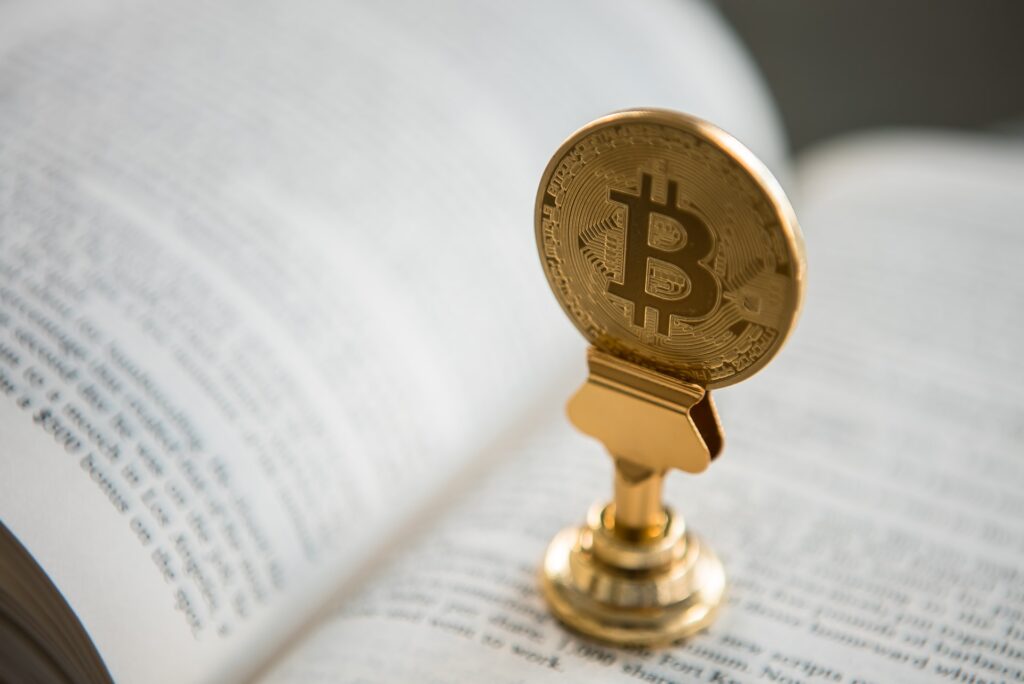
Supply of the cryptocurrencies is a very straightforward case since it’s mostly limited or at least predetermined before they even see the light of day. When you don’t have an unlimited supply of coins, their value can only go up. Just this one simple thing can drive the prices of the crypto sky-high. Still, there is no need to get anxious because there are over 2500 cryptocurrencies on the market available for trading and investing, so even though there are caps on the number of coins there is still plenty to go around.
Demand, on the other hand, is not a simple process. It’s determined by various factors that need special attention to understand the fluctuation and the causes. To add to the confusion, it needs to be mentioned that there are two types of coins: security tokens and utility tokens.
Now, security tokens are available for trading just like any other asset on the traditional stock exchange. Buying and selling are open for everyone, and the prices are determined by previously mentioned supply and demand. Utility tokens are used only within one certain network and are not meant for investing. They are developed usually by start-up companies and are used only in particular blockchains. Users can buy them to get into the environment and claim the right to use the network, assist in building the company, and the right to vote about its future development.
2. Media influence
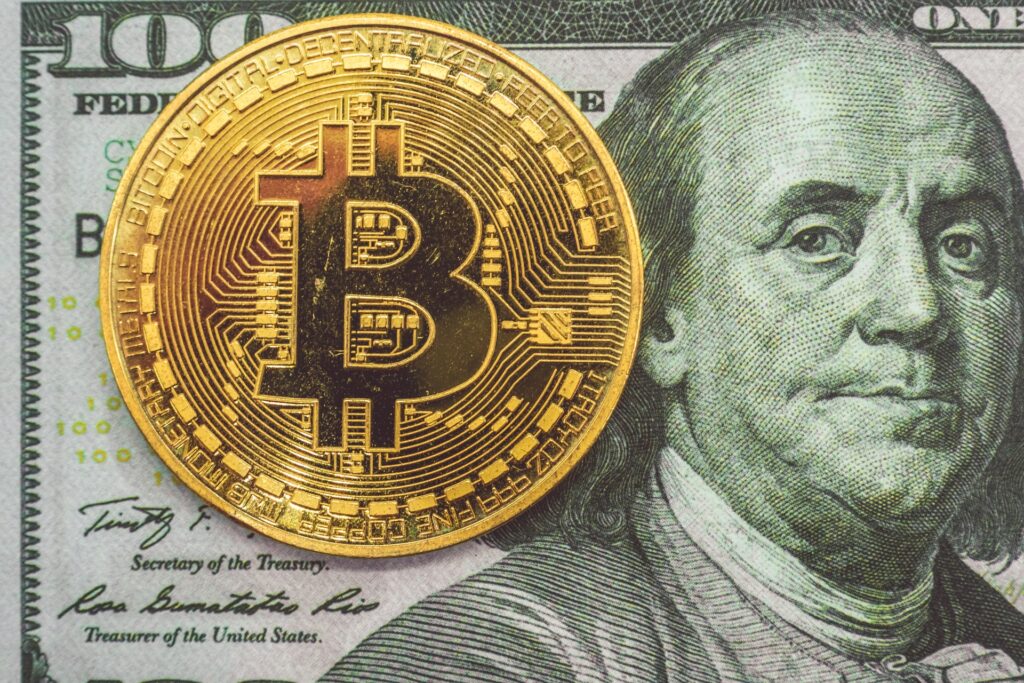
Media can literally make or break digital coins. The coverage favoring digital currencies can and will raise the prices on the market, but some bad raps can cause them to dive too. It all comes down to speculators waging in on how the coins will behave in the future, are there any updates coming out soon and the changes they might stir, whether or not the prices are blown and the bubble is about to burst, and so on. Playing this guessing game based on their knowledge and experience can significantly impact the prices. Besides being based on an educated guess, lately, it also became a spy game.
Moles have been infiltrating the communities trying to stir hype, thus raising the prices, or creating confusion and a sense of uncertainty among users in order to bring down the value of the particular coin, or the whole cryptocurrency exchange. The power of the media has been demonstrated many times in recent history, and just like they can affect anything else that’s part of the public life and the opinion, they can also influence digital coins in the same way. Read more about media manipulations and its power to sway the public at natureworldnews.com.
3. Pumping and dumping
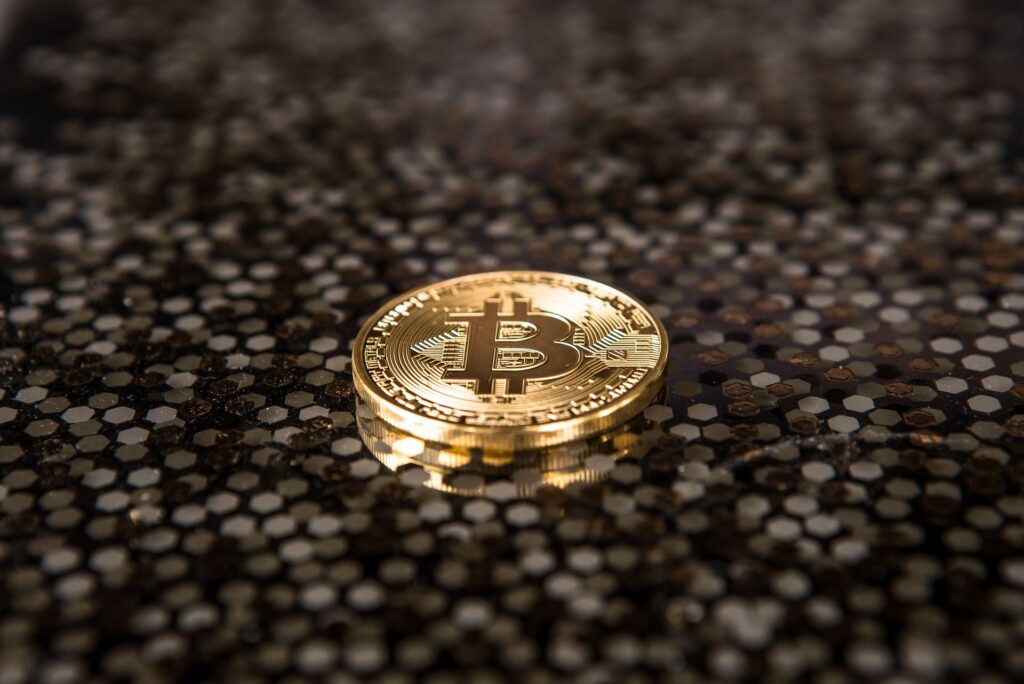
The value of the coins can be manipulated by sudden demand across all open markets. It happens when there’s an abrupt and unexpected need for a certain coin to fulfill all open orders. This can create a false sense that there is a shortage of the coins and the prices will hike up. The cause for this is that often big investors buy the coins in bulks, and once the price reaches the all-time high, they start dumping the coins. This is the classic scheme performed on the markets every day. Once the selling frenzy starts the prices take a plunge in an instant. This rollercoaster repeats itself a few times a year and is usually fueled by speculators and the media coverage.
4. The power of the crypto communities
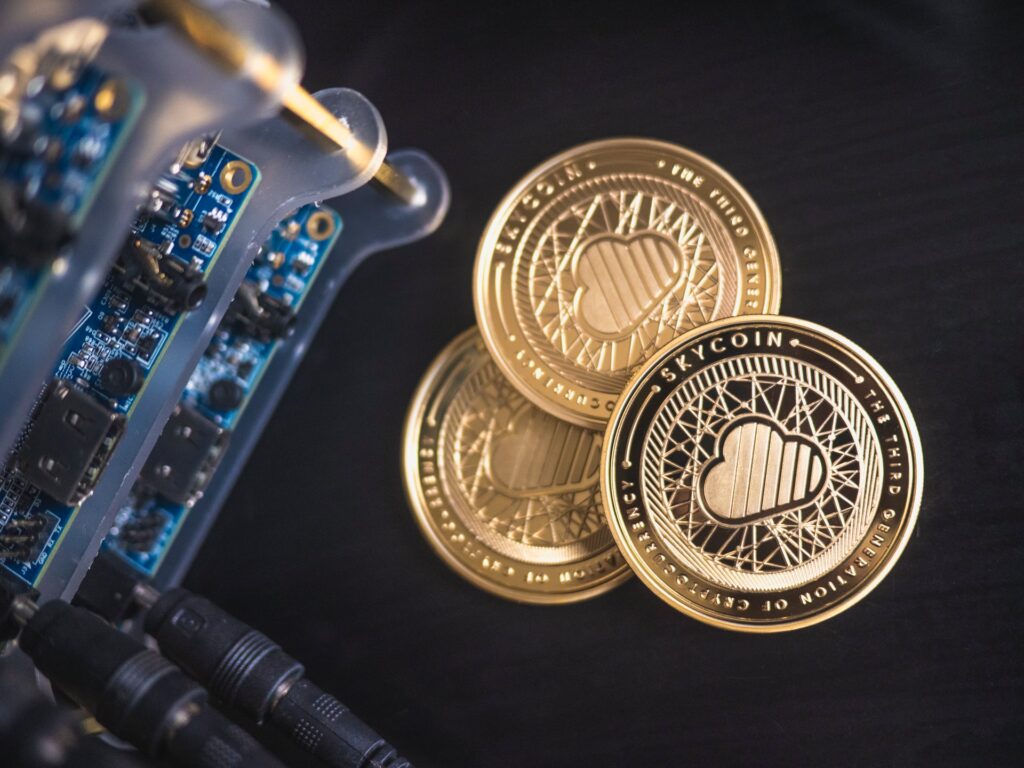
Cryptocurrencies have had huge support from their users from the start. The communities have become the pillars in the ever-changing environment of blockchain technology, mining, and trading. They are on board with their team and represent one of the most valuable assets. These are real people who believe in the visions of the creators and share their passion for cryptocurrencies. Open markets are attacked by the financial institutions and governments all the time, but a strong backbone of digital coins made out of its members never broke. They are not paid, or compensated in any other way; their sole purpose is to protect the market from unwarranted attacks, speculations, and manipulations.
5. Regulations
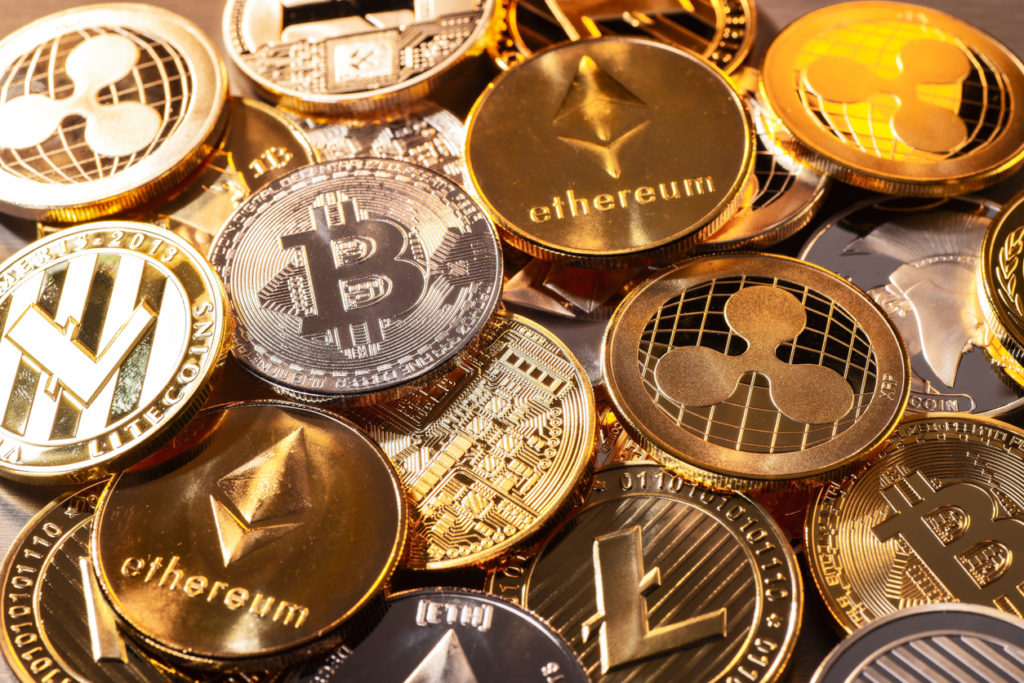
As we said, the crypto market is not regulated by any government in the world, nor does it have any back up in assets. That caused a lot of disapproval among the major investors on the traditional market who felt that this heightened the risk of investments and demanded that the open markets go through some kind of reorganization and implementation of rules. The cryptocurrency market still resists these ideas and continues to exist like an independent environment.
However, you can never be certain that this won’t happen in the future if the big economies like Chinese or American decide to seize control and regulate the exchange. In that case, everything could come crashing down in a matter of hours. The main reason people flocked to buying cryptos is that the market is free and open to anyone and not controlled by gigantic investment companies.







